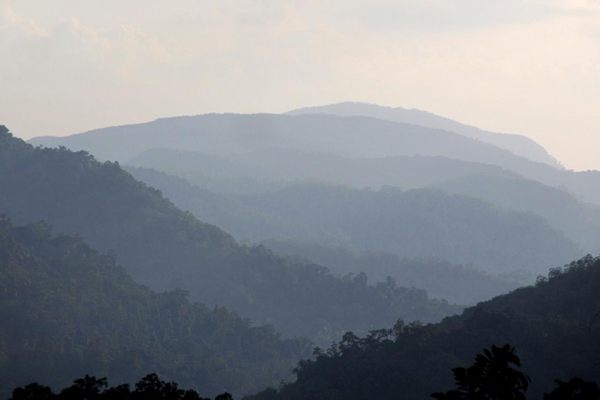Found: A New Ice Age Cave Network Below Montreal
Speleologists and cave enthusiasts are dying to see just how far it all goes.

Saint-Leonard, known as Saint-Leo, a district in eastern Montreal, boasts some of the best Italian cuisine in town—many of the nearly 92,000 Italians who moved to Quebec after World War II settled there and opened cafes, bakeries, and a long-standing flight over language (since the Italian migrants preferred English to French). It looks like the neighborhood’s vibrant street life may be matched by its underground world.
Local speleologists and cave enthusiasts were already familiar Saint-Leonard Cave, a 115-foot-wide cavern discovered in 1812 beneath what is now Pie XII Park. And now they will have more to explore, as the cave network was recently discovered to be vastly larger than once thought.

“Two years ago we were making some tests outside one of the cave walls and found a crack,” says François Gélinas, of the Quebec Speleology Society. “We used an endoscopic camera, which showed that beneath the crack lay a room.” He explains that they were unable to break through the limestone around the crack. But then last month society members identified a softer spot, and were able to open a passage. “After three hours of drilling we were able to open a hole,” he says. “We looked inside and saw that it was a much longer cave system that what we originally thought .... It is an incredibly long network that stretches for at least 600 feet right under the city.”
Experts believe that the cave system took shape during the last Ice Age, when receding glaciers left fissures in the bedrock. Glacial meltwater helped further carve out the cave, which has many delicate stalactites dangling from its 20-foot-high ceiling—rare for a cave so far north. “Stalactites form when water dissolves limestone by virtue of its acidic components, but cold water is less acidic so it takes more time for formation to take place, like half an inch by a thousand years or so—so it is very rare to find them here,” Gélinas says.
After leading the local press on a cave tour, which included crawling on hands and knees through narrow, muddy passages, the team is now waiting for the dry season, when the groundwater retreats, so they can continue exploring. “We want to find out just how far the cave system reaches but right now we can only go in with scuba diving equipment,” he says. “When the cave water will retreat—around February—it will be easier for us to venture further in.”























Follow us on Twitter to get the latest on the world's hidden wonders.
Like us on Facebook to get the latest on the world's hidden wonders.
Follow us on Twitter Like us on Facebook